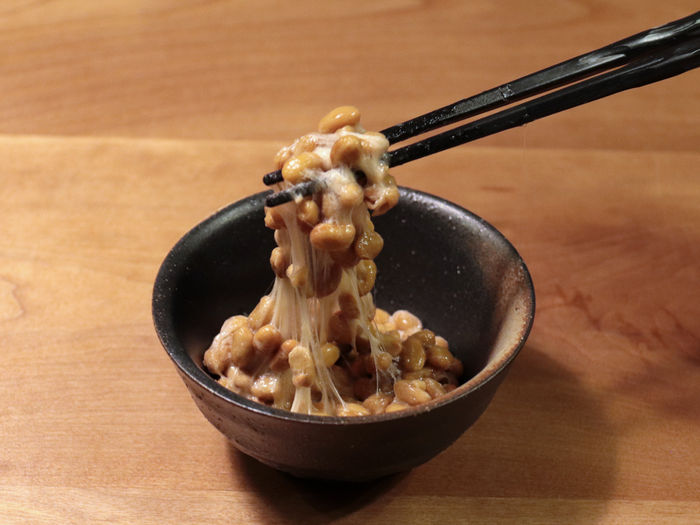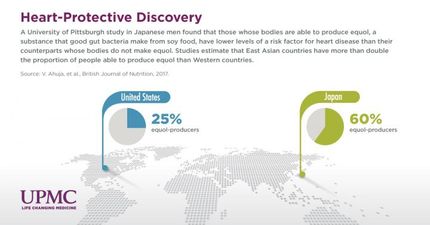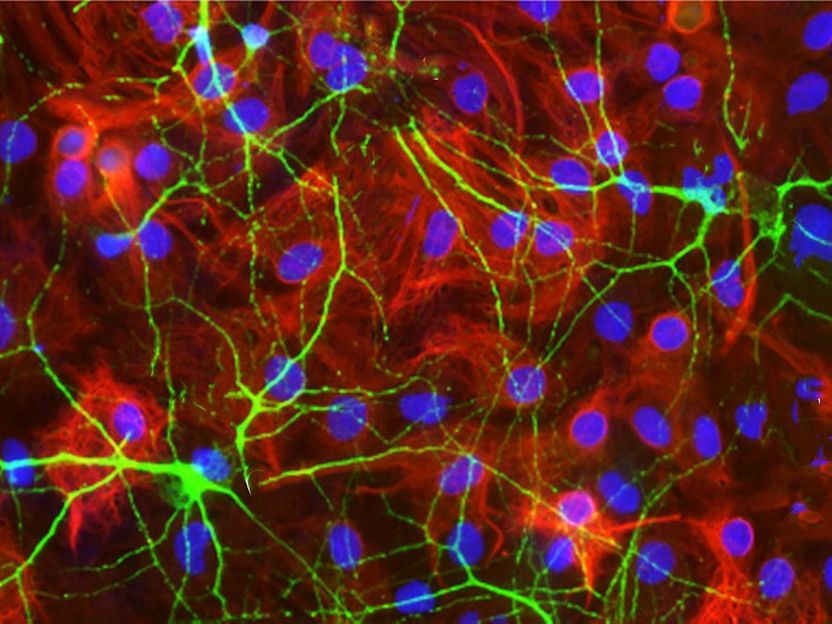How eating natto might help to distress
Eating fermented foods might be the secret to a healthy and long-lived society
Health is wealth as the saying goes and new research now shows that it is possible to have a healthy, less stressed society through familiar and inexpensive foods. One such food might be the Japanese natto which is made from softened soybeans that have been boiled or steamed and fermented with a bacteria called Bacillus subtilis var. natto. Bacillus subtilis var. natto is found in soil, plants, animals, and the human stomach and intestines. Most of the natto consumed in Japan is made from the Miyagino strain.

Bacillus subtilis var. natto (Miyagino strain) extends the life span of Caenorhabditis elegans through biological pathways related to innate immunity and longevity, and partially improves stress tolerance.
Osaka Metropolitan University
A research group led by Professor Eriko Kage-Nakadai at the Graduate School of Human Life and Ecology, Osaka Metropolitan University, examined the effects of Bacillus subtilis var. natto consumption on the lifespan of the host using Caenorhabditis elegans worms. The researchers found that Caenorhabditis elegans fed Bacillus subtilis var. natto had a significantly longer lifespan than those fed the standard diet, and further elucidated that the p38 MAPK pathway and insulin/IGF-1-like signaling pathway, which are known to be involved in innate immunity and lifespan, were involved in the lifespan-enhancing effects of Bacillus subtilis var. natto. They also examined stress tolerance, which has been shown to have a correlation with longevity, and found that resistance to UV light and oxidative stress is enhanced.
Professor Nakadai concluded, "For the first time, we were able to demonstrate the possibility of lifespan-extending effects of Caenorhabditis elegans through the ingestion of Bacillus subtilis var. natto. We hope that future experiments on mammals and epidemiological studies will help to realize a healthy and longer-living society if we can apply this research to humans.”
Original publication
Other news from the department science

Get the life science industry in your inbox
By submitting this form you agree that LUMITOS AG will send you the newsletter(s) selected above by email. Your data will not be passed on to third parties. Your data will be stored and processed in accordance with our data protection regulations. LUMITOS may contact you by email for the purpose of advertising or market and opinion surveys. You can revoke your consent at any time without giving reasons to LUMITOS AG, Ernst-Augustin-Str. 2, 12489 Berlin, Germany or by e-mail at revoke@lumitos.com with effect for the future. In addition, each email contains a link to unsubscribe from the corresponding newsletter.






















































